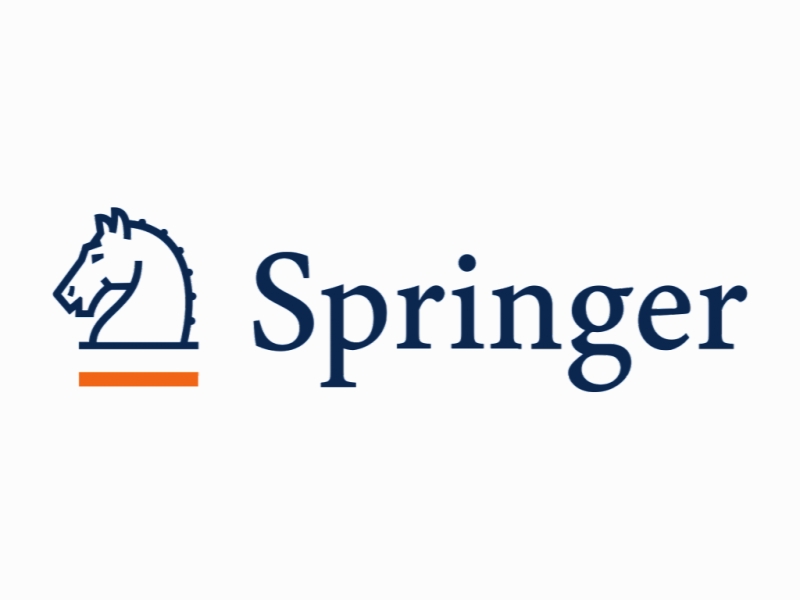رفتار لایه ی پیش کشیده جاسازی شده در بتن مسلح فیبری با عملکرد بسیار بالا Bond Behavior of Pretensioned Strand Embedded in Ultra-HighPerformance Fiber-Reinforced Concrete
- نوع فایل : کتاب
- زبان : انگلیسی
- ناشر : Springer
- چاپ و سال / کشور: 2018
توضیحات
رشته های مرتبط مهندسی عمران
گرایش های مرتبط سازه
مجله بین المللی سازه ها و مواد بتنی – International Journal of Concrete Structures and Materials
دانشگاه Chungnam National University – Republic of Korea
منتشر شده در نشریه اسپرینگر
کلمات کلیدی انگلیسی ultra-high-performance fiber-reinforced concrete, prestressing strand, bond strength, transfer length
گرایش های مرتبط سازه
مجله بین المللی سازه ها و مواد بتنی – International Journal of Concrete Structures and Materials
دانشگاه Chungnam National University – Republic of Korea
منتشر شده در نشریه اسپرینگر
کلمات کلیدی انگلیسی ultra-high-performance fiber-reinforced concrete, prestressing strand, bond strength, transfer length
Description
1. Introduction Superior tensile performance (over 8 MPa) and durability of ultra-high-performance fiber-reinforced concrete (UHPFRC) compared with ordinary concrete make it ideal for applications in bridge girders and decks (Richard and Cheyrezy 1995; Yoo et al. 2014a, 2016a). For these applications, the load transfer mechanism between UHPFRC and the steel reinforcement, which is characterized by bonding action, is a crucial factor determining efficiency of the composite behavior of the members. Previous studies (Jungwirth and Muttoni 2004; Holschemacher et al. 2004; Sayed Ahmad et al. 2011; Yoo et al. 2014a, b, 2015; Yuan and Graybeal 2015; Yoo and Yoon 2016, 2017) established bond characteristics between UHPFRC and reinforcing bars, such as deformed and round steel reinforcing bars, and fiber-reinforced polymer (FRP) bars. Based on previous studies, the bond strength of the steel reinforcing bars embedded in UHPFRC was signifi- cantly higher, approximately 5–10 times, than that of steel bars in ordinary concrete. It was also concluded that the bond strength between steel reinforcing bars and UHPFRC was insignificantly affected by the fiber content, but was clearly correlated with the compressive strength and side cover depth; the bond strength increased with increasing side cover and compressive strength of UHPFRC (Yuan and Graybeal 2015; Yoo and Yoon 2016). However, the bond strength slightly decreased with increasing bar diameter and embedment length owing to the nonlinear distribution of the bond stress and the Poisson’s ratio effect (Yoo et al. 2015). For the FRP bars, especially glass-fiber-reinforced polymer bars embedded in UHPFRC, the bond strength was about 70% lower than that of steel reinforcing bars (Yoo and Yoon 2017). The bond failure of the FRP bars in UHPFRC was characterized by the delamination of the resin and fiber in the bar (Sayed Ahmad et al. 2011; Yoo and Yoon 2016). Previous studies also proposed analytical models for predicting the bond strengths of steel reinforcing bars and FRP bars embedded in UHPFRC. On the other hand, studies on the bond behavior between UHPFRC and prestressing strands is very limited, although most bridge girders and decks made of UHPFRC are pretensioned members. Heffer et al. (2004) investigated the minimum concrete cover and the minimum clear spacing between the strands necessary for the anchorage zone of pretensioned members with UHPFRC and a seven-wire strand. They concluded that both minimum concrete cover and clear spacing between prestressing strands in UHPFRC can probably be reduced to 1.5–2.5 times the strand diameter. However, these results were drawn from a limited number of specimens having only one type of dp = 12.5 mm strand embedded in UHPFRC.


